The linguistic situation in South Tyrol is very special. Until the end of the First World War, South Tyrol belonged to Tyrol, but in 1919 the land was assigned to Italy. During the time of fascism, the population fought persistently against the so-called "Italianization" and for minority rights. Today, both Germans, Italians, and Ladin people call South Tyrol home. Italian is mainly spoken in Bolzano and in the towns of Pfatten, Branzoll, Salurn, and Leifers, whereas the Ladin people mainly live in the Dolomite valleys. The German-speaking population is mostly found in the villages and mountain valleys north and east of Bolzano, such as in the Puster Valley or the Vinschgau. All three languages are recognized as official languages, and there are German, Ladin, and Italian schools, as well as radio and television broadcasts.
The languages in South Tyrol - land of linguistic diversity
Approximately 70 percent of South Tyroleans speak German, with this distribution being attributed to Bavarian, Alemannic, and Germanic tribes that once lived in South Tyrol. However, most locals speak in the South Tyrolean dialect, which is noticeably different from the standard German language.
Italian-speaking population
With 26 percent, the Italian-speaking group is the second largest in South Tyrol, which grew especially under Mussolini and his attempt to "Italianize" the population. He banned the German language, translated names into Italian, and many Italians settled in the cities of South Tyrol. This is also the reason why the majority of the Italian-speaking population is still found in Leifers, Bolzano, and Merano. However, the South Tyroleans resisted Mussolini and established underground schools where German was secretly taught. Since the immigrated Italians could only communicate with each other in standard Italian, South Tyrol is the only area in Italian territory where there are no Italian dialects. Today, the Italians in South Tyrol mainly see themselves as a minority with no common historical tradition, and their willingness to learn German as a first foreign language has also greatly increased. However, the problem lies in the fact that the standard German language differs significantly from the various dialects used in everyday life. This means that while Italians learn the language in school, they cannot always apply it in everyday life.
The Ladin language
Ladin belongs to the Rhaeto-Romance languages and is still spoken by about 30,000 native speakers in Val Gardena, Val Badia, Cortina, Buchenstein, Val di Fassa, as well as in the canton of Graubünden in Switzerland. The language originated around 15 BC, when the Roman general Drusus conquered the Alpine region. At that time, the Ladin-speaking area extended from the Danube to Lake Garda and from the St. Gotthard Pass to Trieste, but this area was restricted during the 6th century due to the migration of peoples. After the First World War, the areas where people still spoke Ladin fell to Italy, and the Ladin language was considered an Italian dialect. However, the Ladins did not want to accept this and gained minority rights through the 2nd Autonomy Statute. In South Tyrol, the Ladin language is still taught in schools, and there are various publications, books, and magazines published in Ladin. Here are some example sentences or expressions:
Wie geht es dir? - co vala?
Guten Tag – bon dí
Gute Nacht – bona nuet
The website www.vejin.com also provides very detailed information about the language and culture of the country in Ladin, German, and Italian. In addition, Ladin is promoted by the Institute "Micurà de Rü" (www.micura.it), which the linguist of the same name founded in 1976. In 1833, he tried to create a uniform written language for all five valleys. Furthermore, the Ladin Ciastel de Tor Museum also dedicates itself to the language and history of the Ladins. The museum was opened in 2001 and offers visitors insight into the history, culture, language, crafts, and legends of the Ladins, with a focus on the language and traditions that still determine the identity of the Ladins today.
South Tyrolean dialects
Nationwide, in South Tyrol, there are also more than 40 dialects, which belong to the South Bavarian dialects. In addition, linguists divide the South Tyrolean dialect into an eastern, central, and western language group. Of course, the dialect also contains loanwords from Italian and Ladin. It is interesting to observe that the South Tyrolean dialect has changed less than dialects in other language areas. This is mainly due to the fact that many valleys are very isolated, and the dialect is an extremely strong symbol of identity. Here are some expressions that you might hear during a vacation in South Tyrol:
aui – hinauf
oi – hinunter
hem – dort, dann, da
magari – vielleicht
eppes – etwas
a Hetz hobn – Spaß haben
The oldest German dialect is considered to be Töldrarisch, which is spoken in the South Tyrolean Ahrntal, but is increasingly falling into oblivion and may appear to some as a foreign language. Therefore, some locals are trying to collect the expressions of this special dialect, and tourism is also supposed to help ensure that words like "vokripfn" (to choke) or "plochazn" (to burn) remain in use.
 How do you like the content of this page?
How do you like the content of this page?
Please give us your feedback!
Recommended accommodations
Vacation Offers







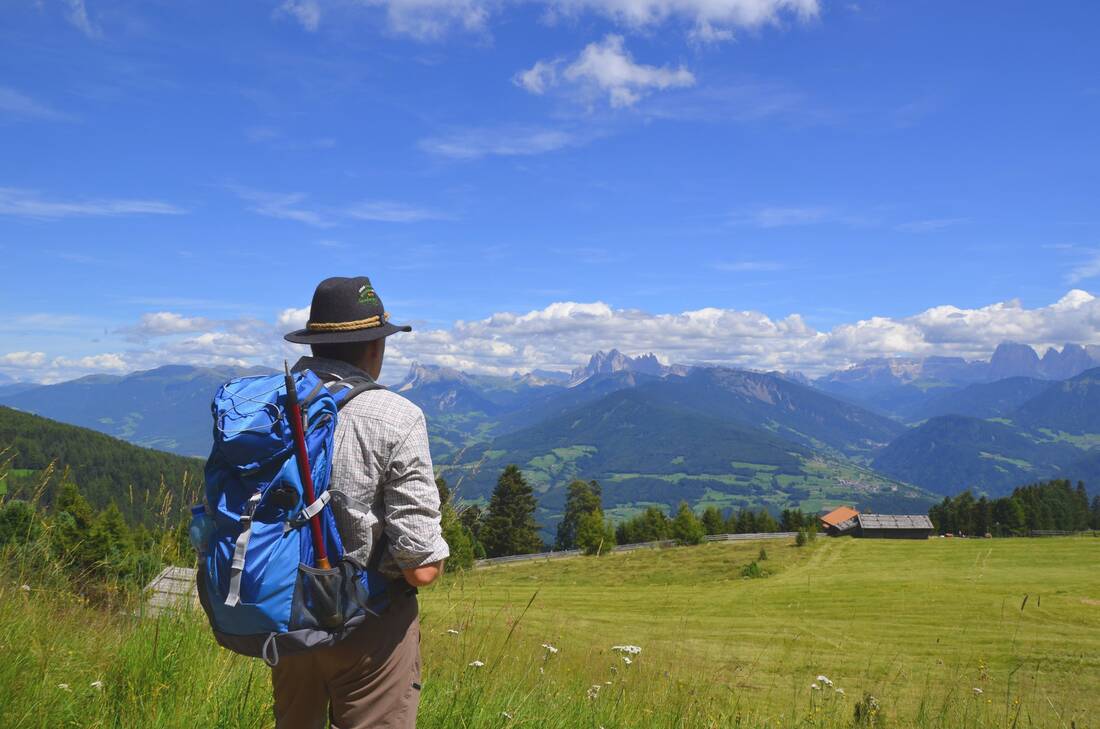
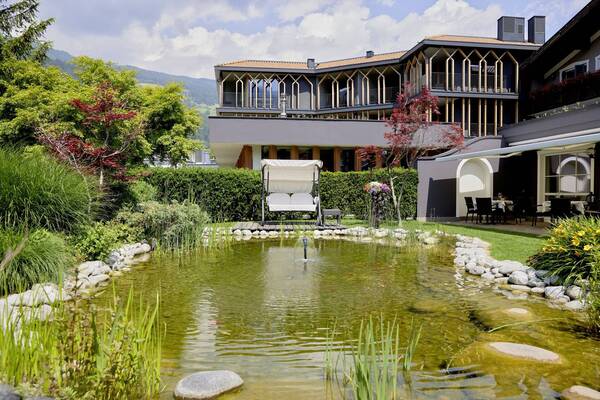





 notice
notice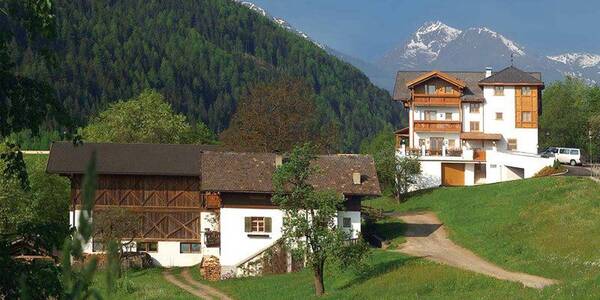
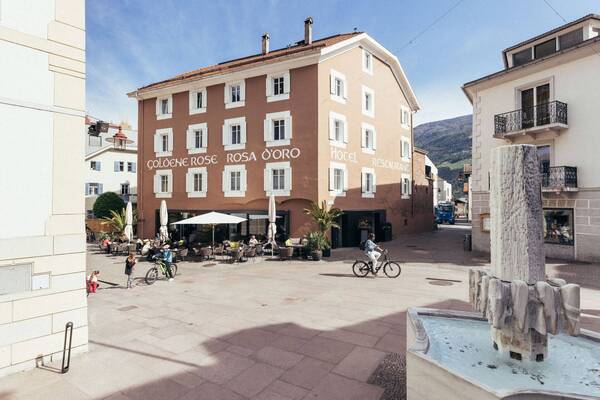

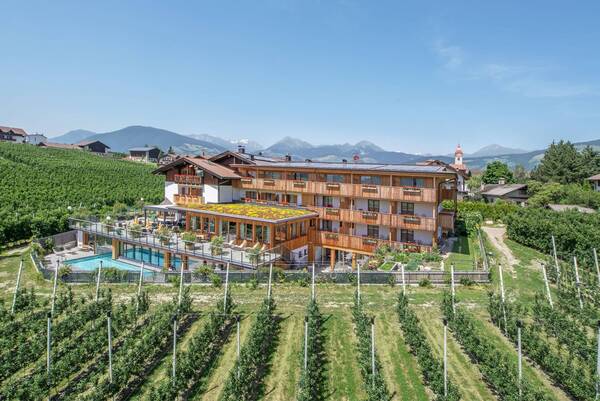

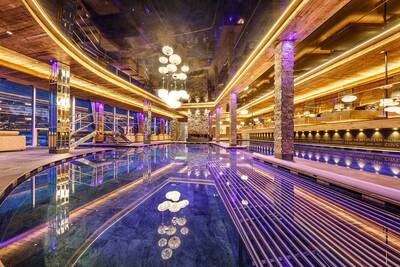
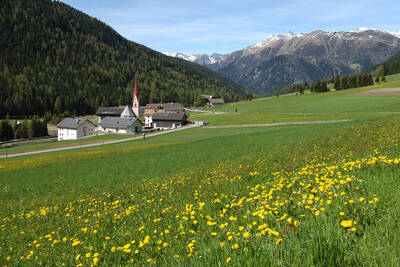
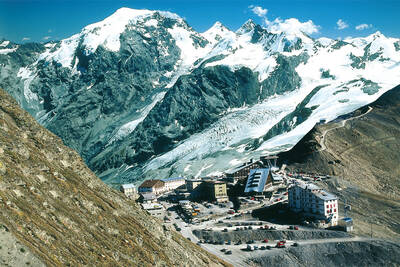

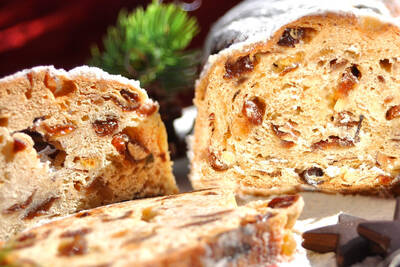
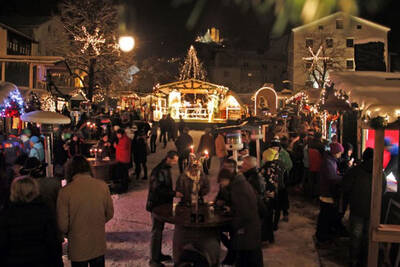
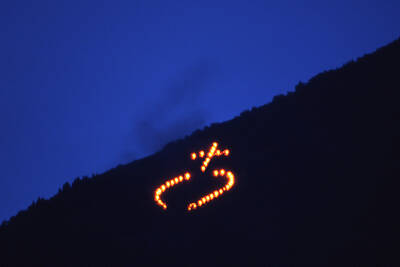
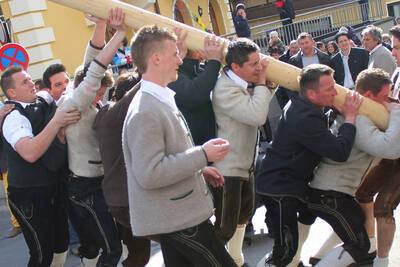
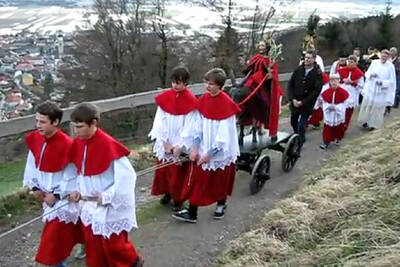
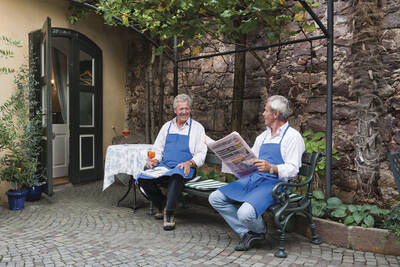
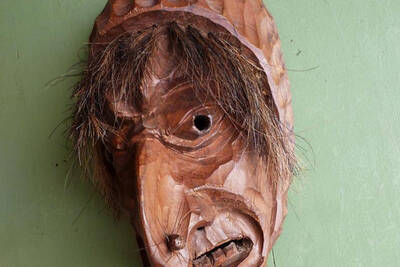
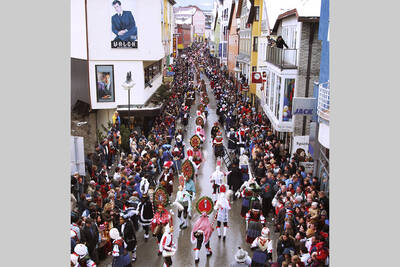
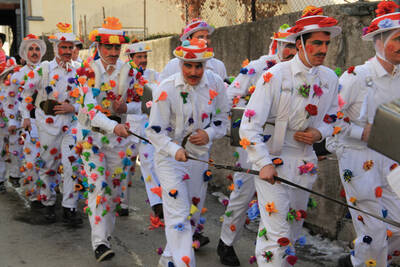
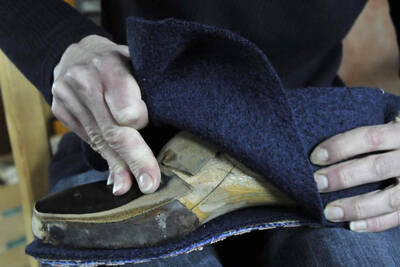
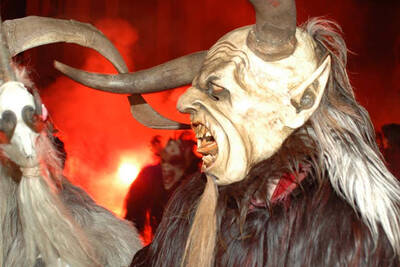
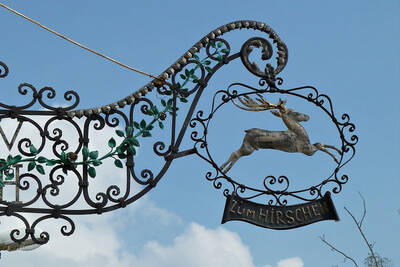
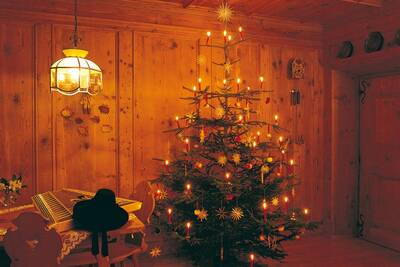
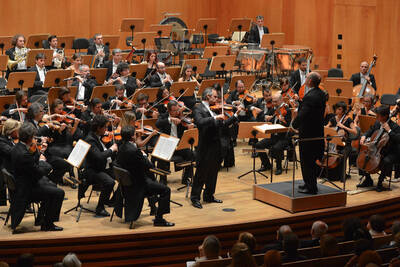
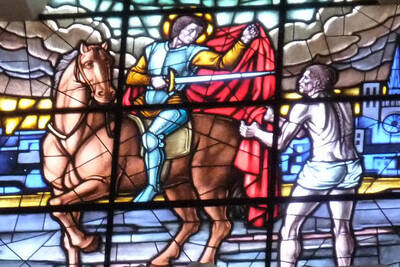
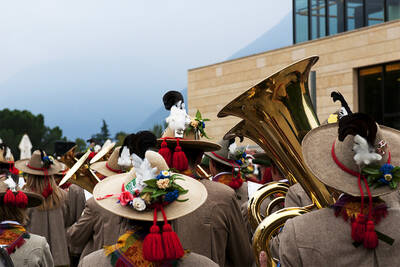
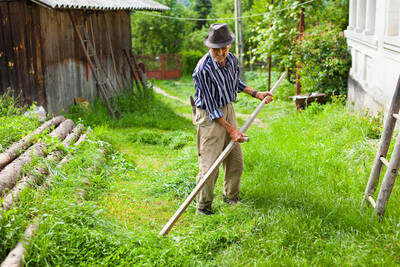
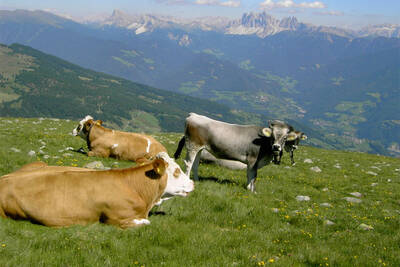
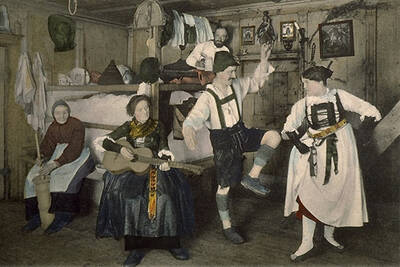
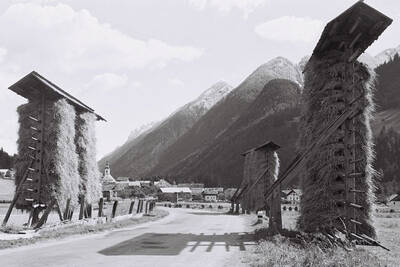
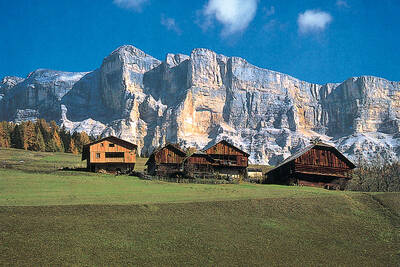
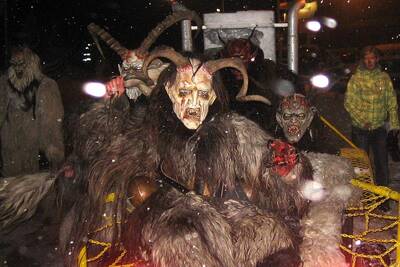
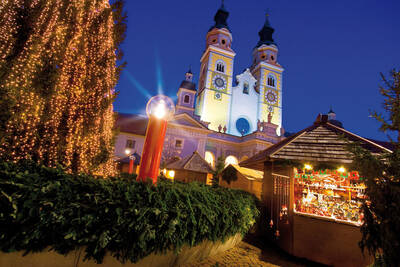
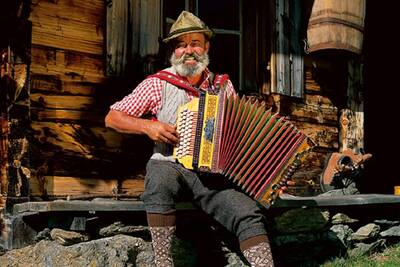
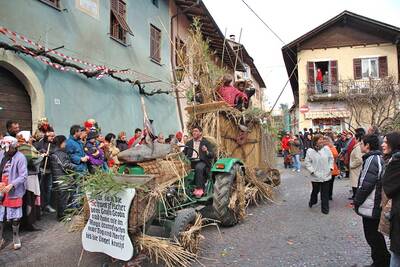
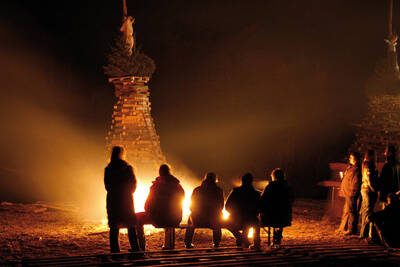
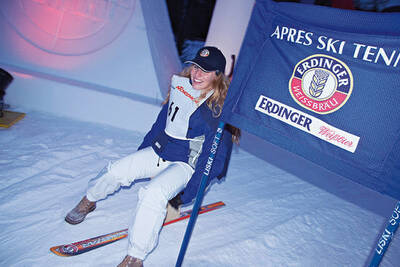
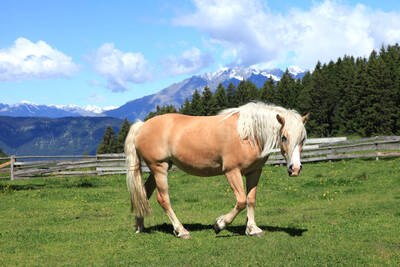
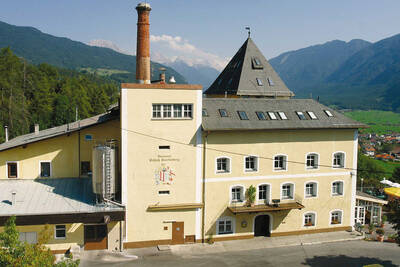
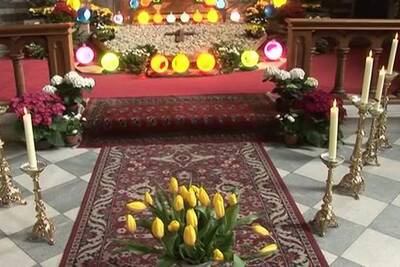
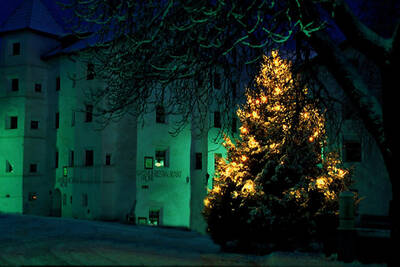
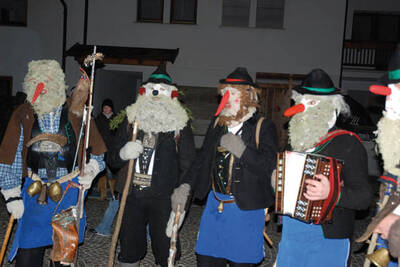
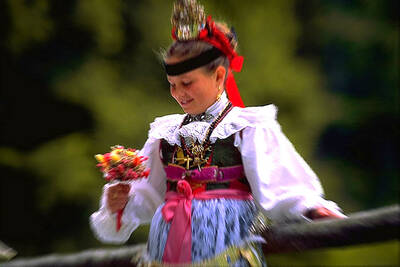
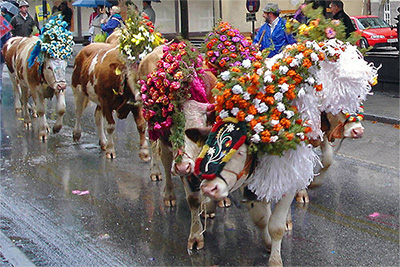
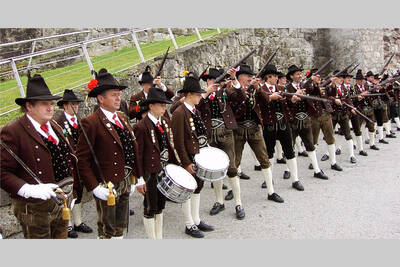
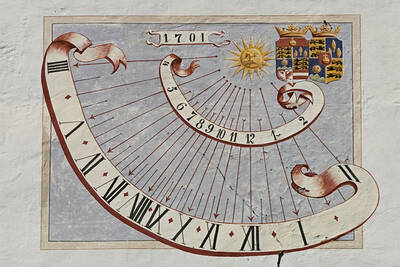
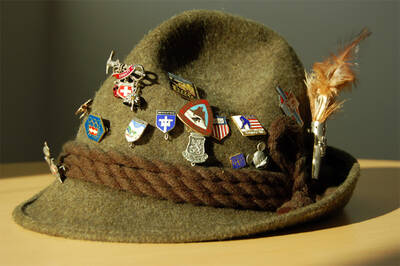
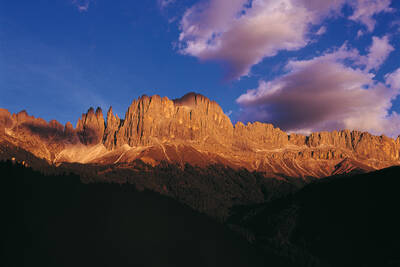
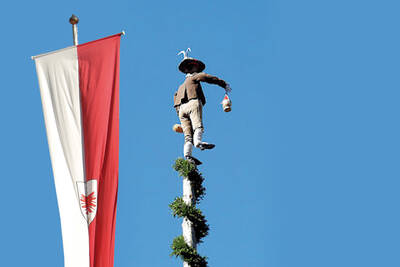
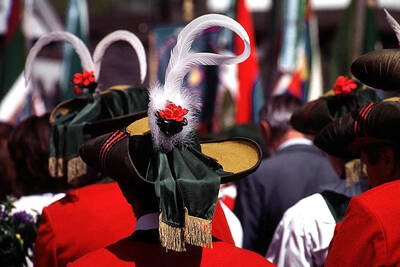
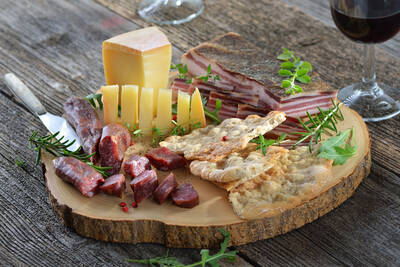
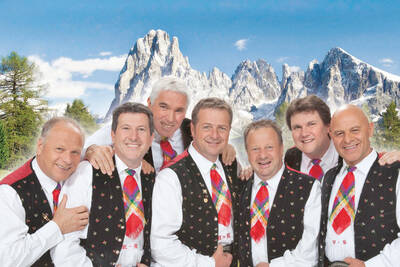
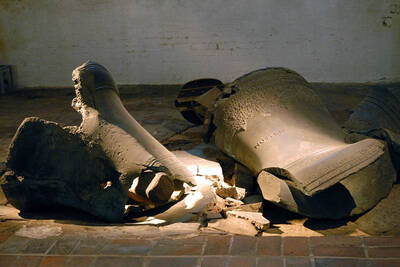
 More infos…
More infos…